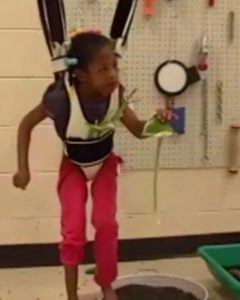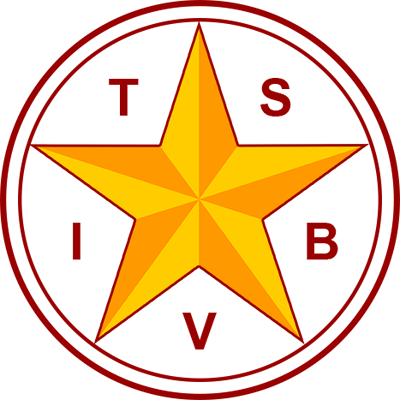Active Learning Approach and the Standard Curriculum
Authors: Kate Hurst, Statewide Staff Development Coordinator, TSBVI Outreach Programs
Keywords: Active Learning, standard curriculum, expanded core curriculum, prerequisite skills
Listen to the Article
When a student has a visual impairment or DeafBlindness with significant cognitive and physical disabilities (especially if the condition is congenital), unique instructional strategies must be used to systematically teach what other children learn incidentally. One of these strategies is known as Active Learning, an approach developed by Dr. Lilli Nielsen. This approach uses specific equipment and techniques to help students from birth through high school who are functioning developmentally at ages younger than 4 years or 48 months. This approach focuses on creating environments for the learner to develop foundational concepts and skills in all areas. It can be used to provide instruction at an appropriate learning level in both the standard curriculum and the expanded core curriculum for these students with the most profound disabilities.
Some teachers and administrators have questioned the use of Active Learning because it looks very different from typical instructional approaches used in most educational settings. It looks like “play” to many people. However, very specific learning goals and prerequisite skills are the focus of a true Active Learning approach.
In a guidance letter from the Office of Special Education and Rehabilitation Services (OSERS), Department of Education (November 2015), the appropriateness of a focus on prerequisite skills aligned to the standard (or general) curriculum was discussed. Below are pertinent excerpts from this document related to these students:
Based on the interpretation of “general education curriculum” set forth in this letter, we expect annual IEP goals to be aligned with State academic content standards for the grade in which a child is enrolled. This alignment, however, must guide but not replace the individualized decision-making required in the IEP process. In fact, the IDEA’s focus on the individual needs of each child with a disability is an essential consideration when IEP Teams are writing annual goals that are aligned with State academic content standards for the grade in which a child is enrolled so that the child can advance appropriately toward attaining those goals during the annual period covered by the IEP.
The Department recognizes that there is a very small number of children with the most significant cognitive disabilities whose performance must be measured against alternate academic achievement standards, as permitted in 34 CFR §200.1(d) and §300.160(c). …The standards must be clearly related to grade-level content, although they may be restricted in scope or complexity or take the form of introductory or pre-requisite skills.
(Excerpt from Pages 4-5 of a guidance document from OSERS on alignment to the standard curriculum, November 2015).
Texas School for the Blind & Visually Impaired Outreach Program has developed a process for aligning instruction for these special learners that utilizes Texas Early Learning Pathways, Pre-K Guidelines, Essence Statements, and Texas Essential Knowledge and Skills (TEKS). This is done by utilizing the Functional Scheme assessment and other assessment tools to determine the learner’s current developmental levels prior to developing the PLAAFP and setting priority areas for goals and objectives. For learners at this level, many, if not all, of these goals are focused on prerequisite skills.

A young girl in a hopsa dress explores a plant
We invite you to learn more about Active Learning and utilizing this approach at Active Learning Space, a special website developed by Penrickton Center for Blind Children, Perkins School for the Blind, and Texas School for the Blind and Visually Impaired. You may also want to view a webinar about Active Learning, alignment and instruction.
References:
Functional Scheme: Final Skills Assessment (2000). Lilli Works.
OSERS Policy Guidance on Free Appropriate Public Education (FAPE), United States Department of Education, Office of Special Education and Rehabilitative Services, November 16, 2015.</p
